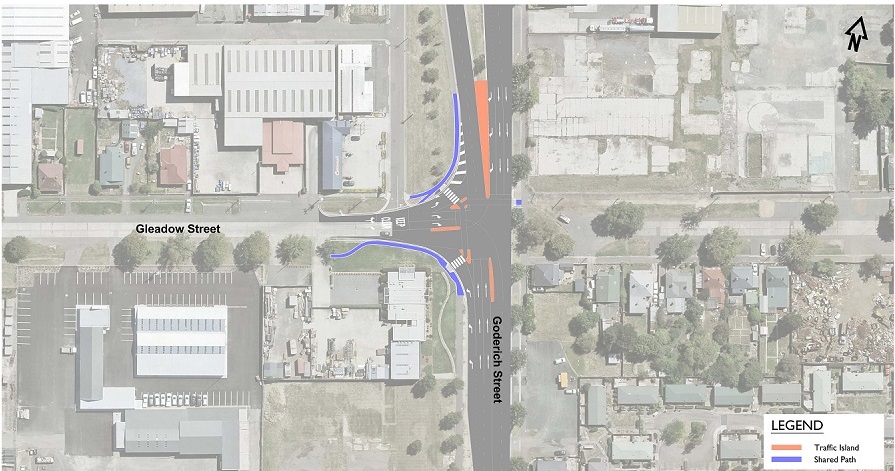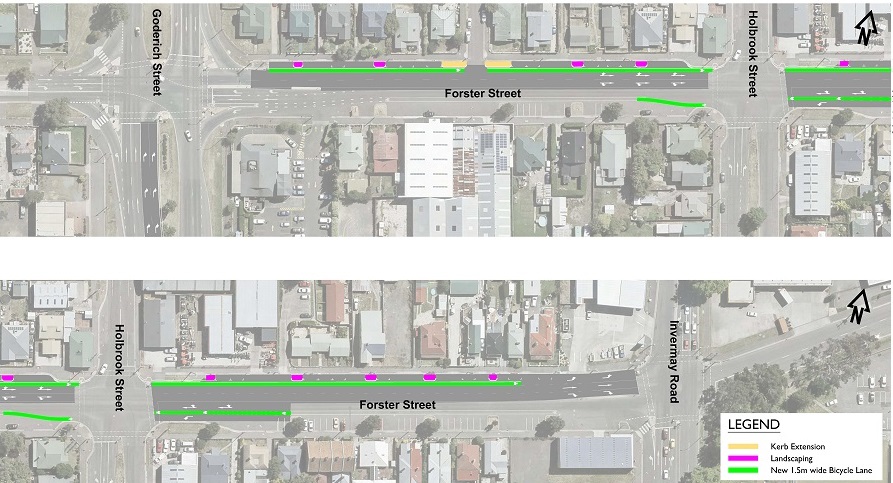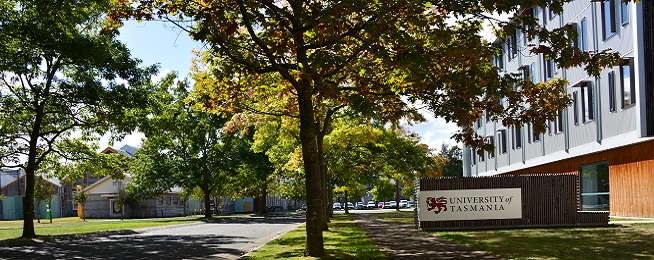The state government has released its plans for traffic flow upgrades through Invermay, specifically intersections on Goderich and Gleadow streets and Forster and Holbrook streets.
What is being described will not make it any easier to ride to and from the university campus via Forster Street and could potentially improve a route through Gleadow Street, but there are not detailed plans available yet leaving a question mark over how much better it will be for the majority of people who may want to ride.
The University of Tasmania’s move to Inveresk is a chance for the state government and Launceston City Council to show they want to encourage active transport.
Launceston City Council released ideas for the Invermay area in June last year and identified Gleadow Street as a potential route for people riding. This may be a suitable route but would need a signalised intersection over Invermay Road as well as Goderich Street.

The ideas released last year did not show any detail of how the route would look. Bicycle Network put forward ideas for a separated cycleway or conversion into a traffic-calmed, 30 km/h bikeway street.
The state government is proposing a signalised crossing at Goderich and Gleadow streets that would see the continuation of the University Trail through the intersection to protect riders getting on and off the trail at Gleadow Street.
The University Trail is only footpath width but it’s signed to be a shared path to make it clear it’s a bicycle route, extending from Newnham in the north to the North Esk River and the city in the south.
By linking the trail with on-road separated cycleways though Invermay to the campus it would give staff and students a protected cycling route of about 4 km. With improved signage and upgrades along the trail it could attract more people to ride to and from the campus.
Painted lanes not comfortable
The state government plans keep the painted lanes on Forster Street, however, we know these are only appealing to the small number of strong and confident riders.

The new bike lanes will be 1.5 m wide but the distance a car door swings out is up to 1.2 m, so cars that are parked alongside the bike lane will not leave much room for the bike to ride in.
There is potentially enough room in Forster Street for separated cycleways if the trees on both sides were replanted, or parking was limited to one side of the street. There is an argument to be made for Gleadow Street though as the dead-end at Goderich Street means less traffic.
However, if there is no appetite for a signalised intersection at Gleadow Street and Invermay Road, then it makes sense to upgrade the Forster Street cycling infrastructure as it already has signalised intersections.
To make comment on the state government plans, call 6432 7999 or email: participate@ghd.com


